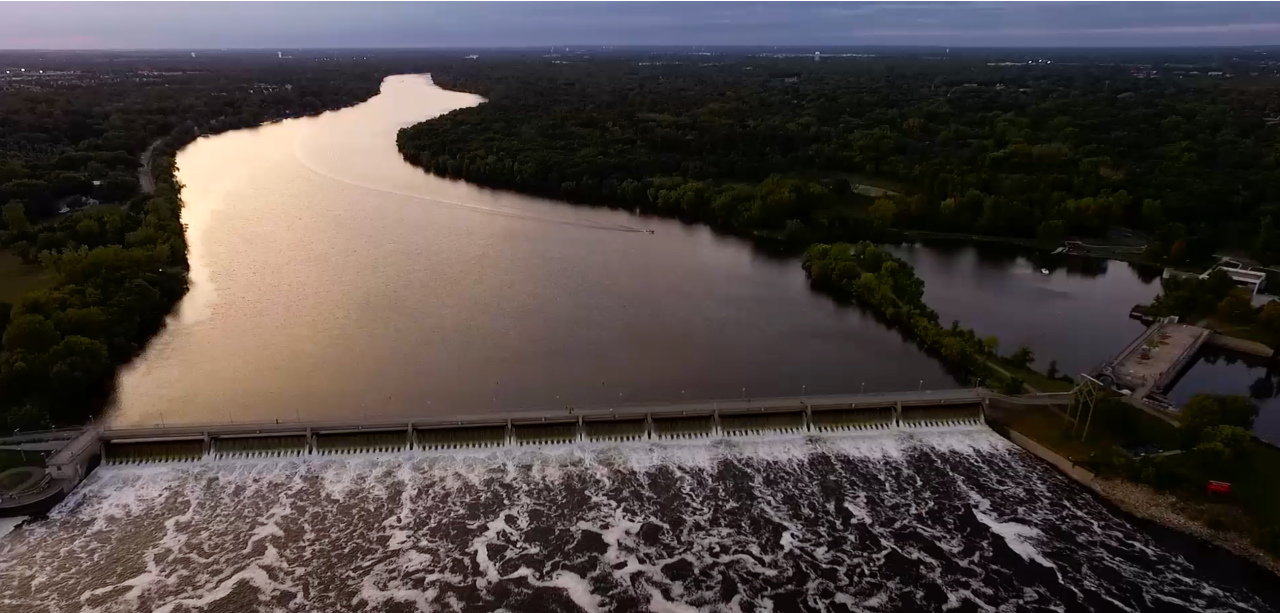Recommended reading: 'Danger Downstream'

"Danger Downstream," the Star Tribune’s recent three-part series on threats to Minnesota’s rivers, including our own Upper Mississippi, beautifully illustrates many of the challenges facing our waters today. Each article by veteran reporter Josephine Marcotty explores a different aspect of how land use and water interact — with inevitable consequences for surface water, groundwater, habitat and public health — as well as opportunities to alter course.
Together, these three articles tell a powerful story of Minnesota’s water resources. They also exemplify and reinforce many of the lessons of our recently released State of the River Report, particularly when it comes to the impact of land-use changes, including agricultural cropping and drainage systems.
Part 1: ‘The Upper Mississippi River: Minnesota’s Threatened Rivers’
In just the last five years the upper Mississippi River watershed, from its headwaters at iconic Itasca State Park to the Twin Cities, has lost more than 400 square miles of forests and natural lands to agriculture and urban development. Paired with an ever-growing network of agricultural irrigation, such rapid land conversion is flushing nitrate pollution into drinking waters and putting previously pristine waters at risk.
Part 2: ‘The Red River — A tainted river’s reach’
Lake Winnipeg, to which the Red River drains, is imperiled with extensive algae blooms that threaten aquatic life, recreation and the local economy. The culprit is no surprise.
The troubled watershed has traded pastures and small grains for chemically intensive row crops like corn and soybeans. It also relies extensively on artificial drainage systems that swiftly move runoff water, pollutants included, off the land and into lakes and river. As a result, river flows have increased 50 to 60 percent and downstream pollutant levels have risen along with them.
This reinforces the State of the River Report’s flow and hydrology findings, which link changes to land use, climate and drainage practices with increased river flows and greater potential for pollution to be carried to the river system.
Unfortunately, decades of high-cost water storage projects have failed to reverse these trends. Artificial drain tile systems, often installed without any conservation systems in place, continue to flush water and excess nutrients unabated to the Red River and other surface waters.
Part 3: ‘The Chippewa River: Can a river be saved?’
Third article zeros in on the Chippewa River, a tributary to Minnesota River. Here, conservation groups like our friends at the Land Stewardship Project are working to add an additional 10% perennial vegetation to a landscape dominated by annual row crops.
Progress has been slow – largely due to economics. While perennial grasses and cover crops improve water quality, they aren’t as profitable as annual row crops and the state can’t afford to pay farmers to make up the difference. As the article notes: “If we want more cover crops, we need to find ways to make them profitable.”
What to do when conservation doesn’t pay?
Overall, the articles speak to our state’s failure to effectively address agricultural contamination of surface waters and drinking water.
While many farm operations embrace some conservation elements, Minnesota has proven unable to scale-up voluntary programs to adequately protect our land and water. One reason is that while annual row crops like corn and soybeans can be profitable most years, there's little economic incentive for producing the kinds of crops that could move us to clean water.
To meet Minnesota’s water pollution reduction goals in agricultural areas, we need to convert 20-30% of annual crops to perennials, But this is unachievable until a viable market for these “conservation crops” provides an economic return for farmers.
That’s why FMR and our partners are working hard to promote funding for the development of new crop options and policies for Minnesota’s farms that protect the land and water while boosting farmers’ bottom lines.
For example, in early 2016 we successfully secured state funding for both a revolutionary crops program as well as a new policy to incentivize perennial crops suitable for energy production and livestock pasture, helping to reduce water pollution and improve farm profits while making our energy and food systems more sustainable.
As “Danger Downstream” shows, solving Minnesota’s water quality issues begins on the land.
We look forward to working with FMR members and friends to help make landscape-level changes to cropping systems drainage and soil health a reality. If you’d like to help, let us know! Sign up to be a River Protector.